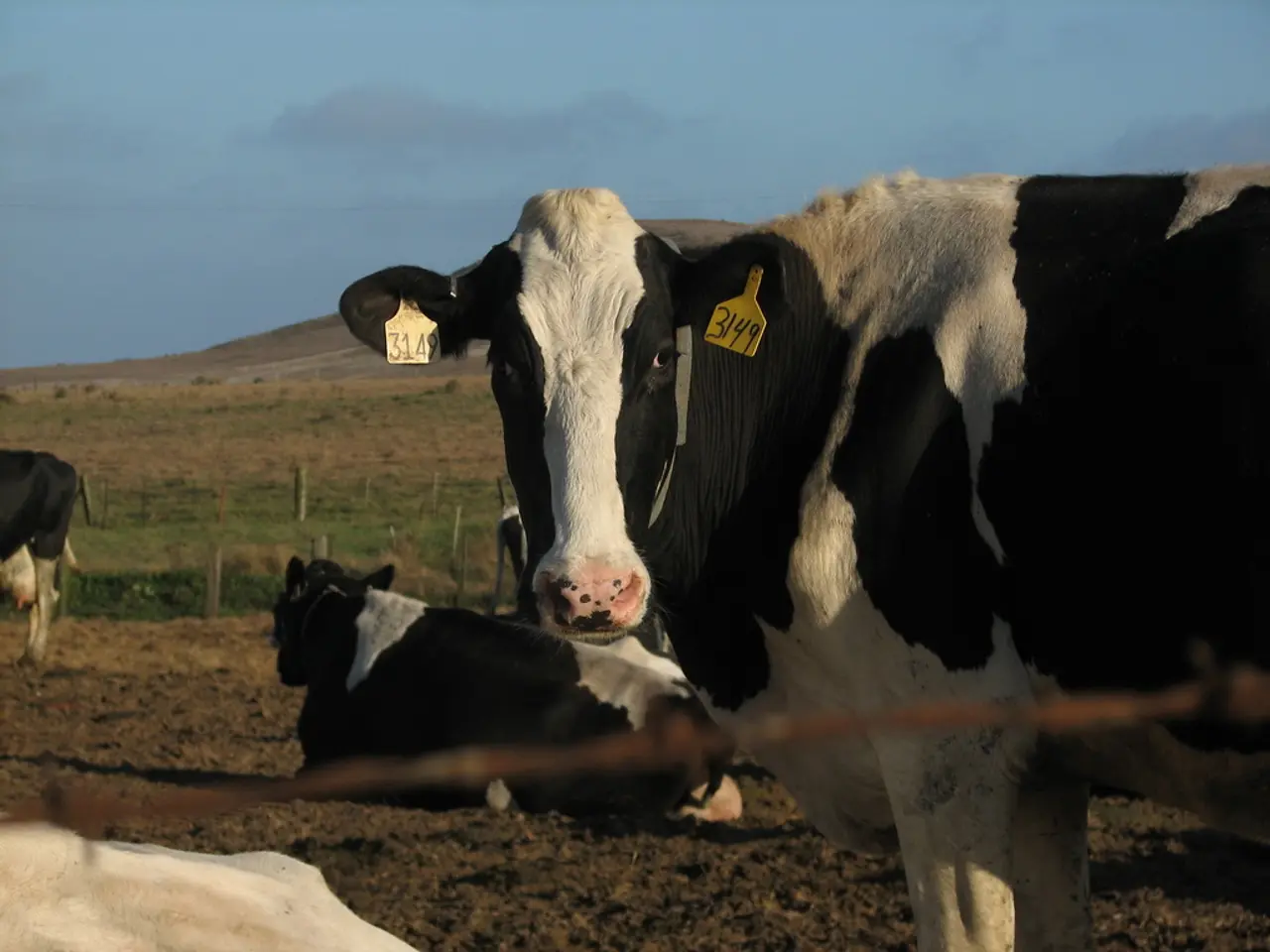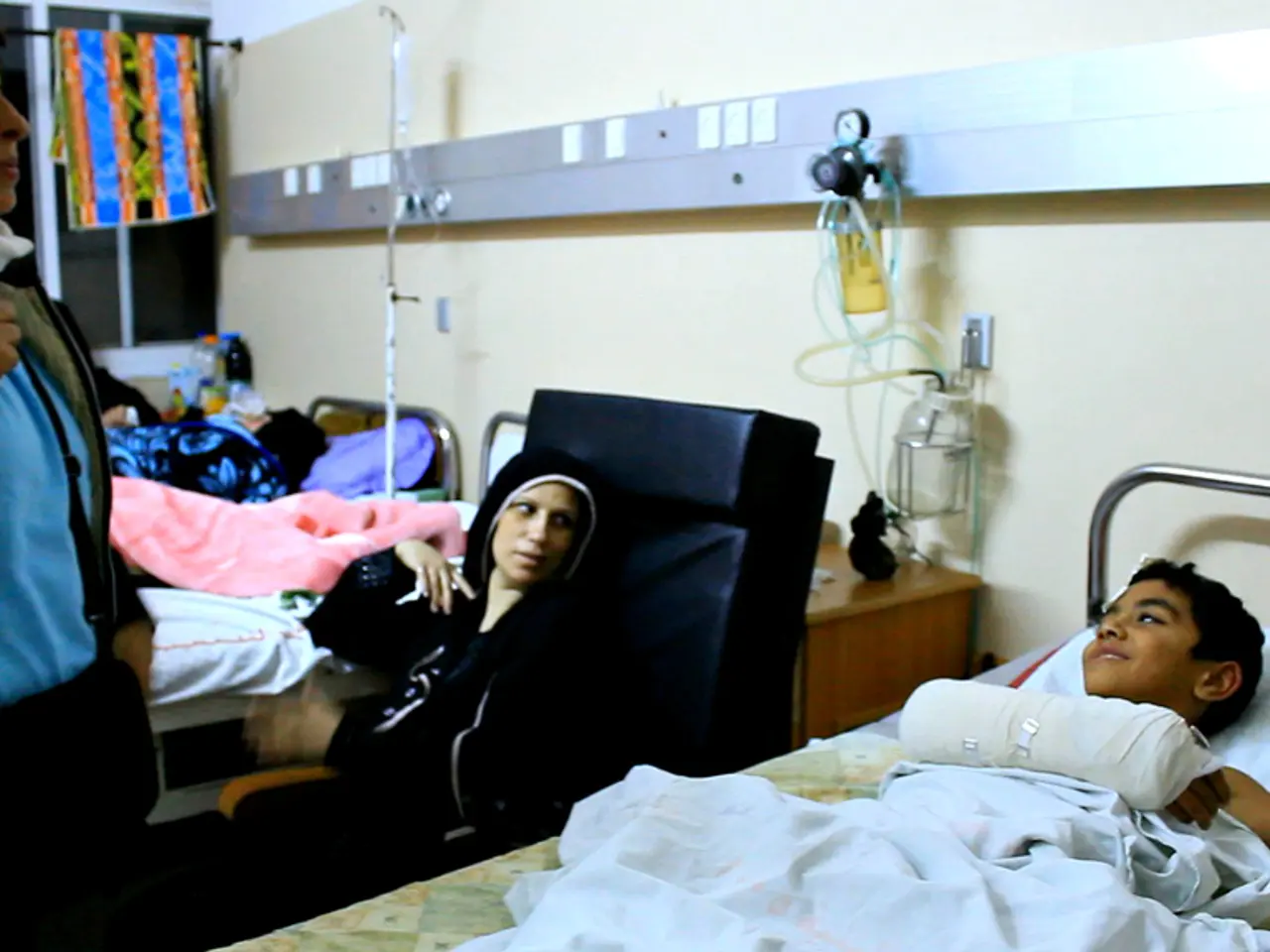Valley's Skin Disorder in Bovines Causes Alpine Events Cancellation in Aosta
In the Italian region of Aosta Valley, a comprehensive strategy is being put in place to manage and control the recent outbreak of Bovine Nodular Dermatitis, also known as Lumpy Skin Disease. This is the first reported case of the disease in Western Europe, and it is believed to have originated from North Africa.
By the end of the week, a vaccination plan will be prepared, detailing the number of heads to be treated, the time necessary to complete the plan, and the establishment of normative procedures. This is one of several measures being considered to protect the region's cattle and prevent the spread of the disease.
Vaccination campaigns are expected to play a significant role in the containment strategy. By immunising cattle against the disease, the risk of further outbreaks can be minimised. Enhanced surveillance, monitoring cattle health closely to detect any early signs of the disease, is also a key component of the strategy.
Strict biosecurity protocols will be implemented to prevent the movement of infected animals into or within the region. Public awareness is also crucial, with farmers, veterinarians, and the public being educated about the disease and its symptoms to encourage early reporting. Restrictions on animal movement from affected areas will also be enforced.
Some of the cattle involved in the outbreak come from the neighbouring region of Piedmont. The surveillance zone now includes 29 alpine pastures, 107 farms, and 2,380 heads of cattle. The outbreak has recently expanded, with new cases reported in La Thuile, Courmayeur, and Pré-Saint-Didier, causing the surveillance area to be extended by approximately 500 meters.
The regional Health Assessor, Carlo Marzi, participated in a central ministerial crisis unit meeting regarding bovine dermatitis. In June, Marzi made a request for preventive vaccination, which has been approved by the Ministry. The EU has been informally activated to procure necessary doses for the preventive vaccination. A positive response is hoped for regarding the request to continue working with raw milk on site in the restricted zones, with a designated maturation plant in bond being proposed.
The Aosta Valley's zootechnical heritage, which includes three autochthonous species in danger of extinction, has been granted a derogation to protect them from slaughter in the event of positive cases. This derogation is a testament to the region's commitment to preserving its unique cattle breeds.
As the situation continues to evolve, the Aosta Valley authorities remain vigilant in their efforts to contain and manage the outbreak of Lumpy Skin Disease. The community's cooperation and understanding are essential in ensuring the success of these containment measures.
In the context of the ongoing efforts to manage the Lumpy Skin Disease outbreak, a key focus of the strategy will shift towards the medical-conditions aspect of health-and-wellness by vaccinating cattle to minimize the risk of further spread. Enhanced surveillance and regular monitoring of medical-conditions within the cattle population will also play a crucial role in early detection and prevention.




